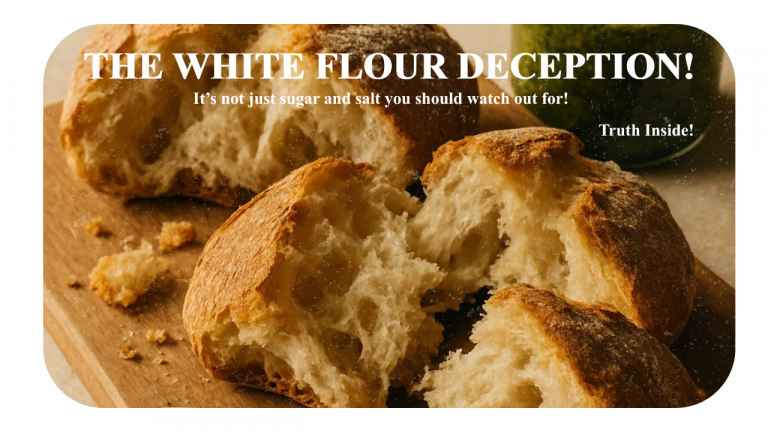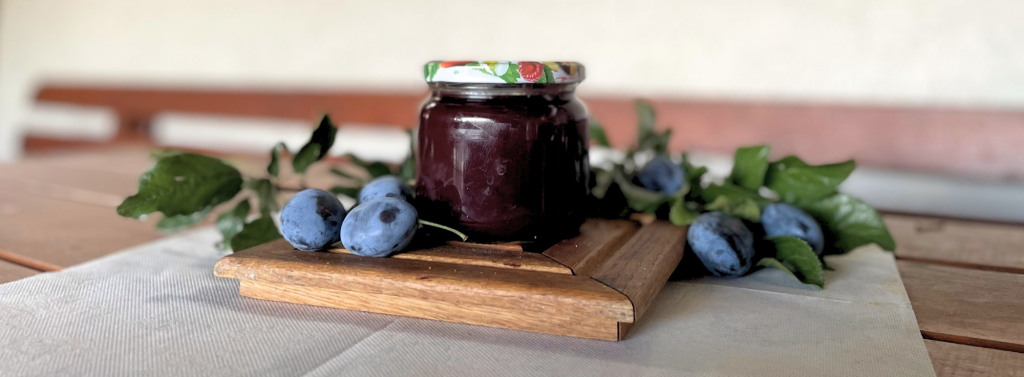
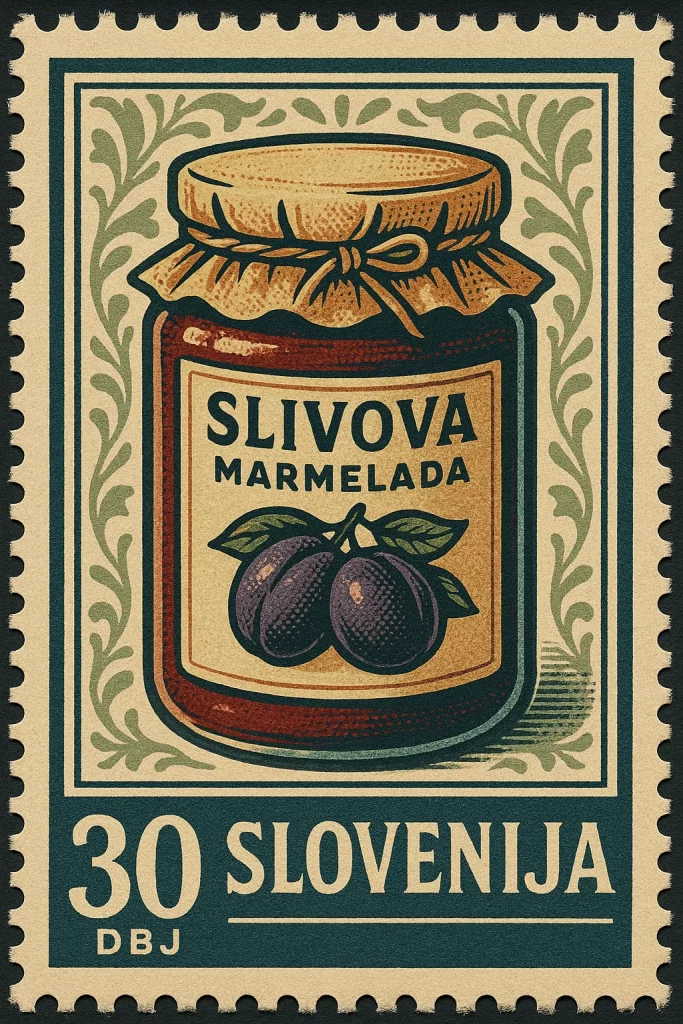
Plum jam is one of those late-summer rituals. 💜 From July to October, when plums are in season and at their peak ripeness, the softer and riper the plums, the better. Even the ones that seem too squishy for snacking are absolute gold for jam. Bursting with juice and natural sweetness, they melt down beautifully as they cook, which means less effort for you and more flavor in every spoonful.
A Tradition of Plum Jam Making:
In the Balkans, making plum jam is a cherished autumn tradition. ✨ Families come together to make it, cooking it slowly over several hours to get that thick, rich consistency. Beyond preserving the fruit, this tradition helps strengthen family ties and passes the practice from one generation to the next.
Economic and Cultural Importance:
Plums in the Balkans are more than just something to eat; they’re a big part of both the culture and the economy. In Serbia, for example, plums aren’t just enjoyed fresh or turned into jam; they’re also the main ingredient in rakija, a traditional fruit brandy. Rakija is everywhere in Serbian life, from family gatherings to big celebrations, making plums an essential part of both the kitchen and the culture. The plum holds such cultural importance that it’s considered the national fruit.
Interestingly, Slovenia actually imports more fresh plums than it exports. People love their plums, and local production isn’t always enough to meet demand. But Slovenia shines when it comes to processed plum products, like jams, dried plums, and pitted fruits. ✨ While fresh plums may come from neighboring countries, much of that plum love is transformed into traditional products that are shared both at home and exported abroad.
My grandma’s plum jam recipe is a perfect example of this tradition in action. 🏠 Every late summer, she makes jam using ripe plums, keeping the family tradition alive and making something that everyone enjoys. 💜💜
Follow along and you’ll see how easy it is to turn ripe plums into a sweet, homemade treat.
Here is a step-by-step guide on how to make traditional plum jam:
Ingredients:
- 3 kg of plums,
- 500 g of sugar,
- 1 tsp of vanilla sugar,
- 1 tsp of cinnamon,
- 1 dcl (100 ml) lemon juice
- A splash of rum (optional, for extra flavor)
Preparation:
- Prep the plums: Pit the plums and spread them evenly on a baking sheet.
- Add flavor: Sprinkle with sugar (for 3 kg of plums, use 500 g sugar), vanilla, cinnamon, lemon juice, and a pinch of salt. Mix everything well.
- Preheat the oven: Set it to 170 °C.
- Bake: Place the plums in the oven. Mix occasionally, about every 30 minutes.
- Add a kick: After 1½ hours, pour in some rum and stir it well. If you like, you can give the plums a quick blend with a stick mixer before adding the rum—but it’s totally optional.
- Check consistency: Keep baking for a total of 2–3 hours. When the liquid has mostly evaporated and the jam is thick and glossy, it’s done.
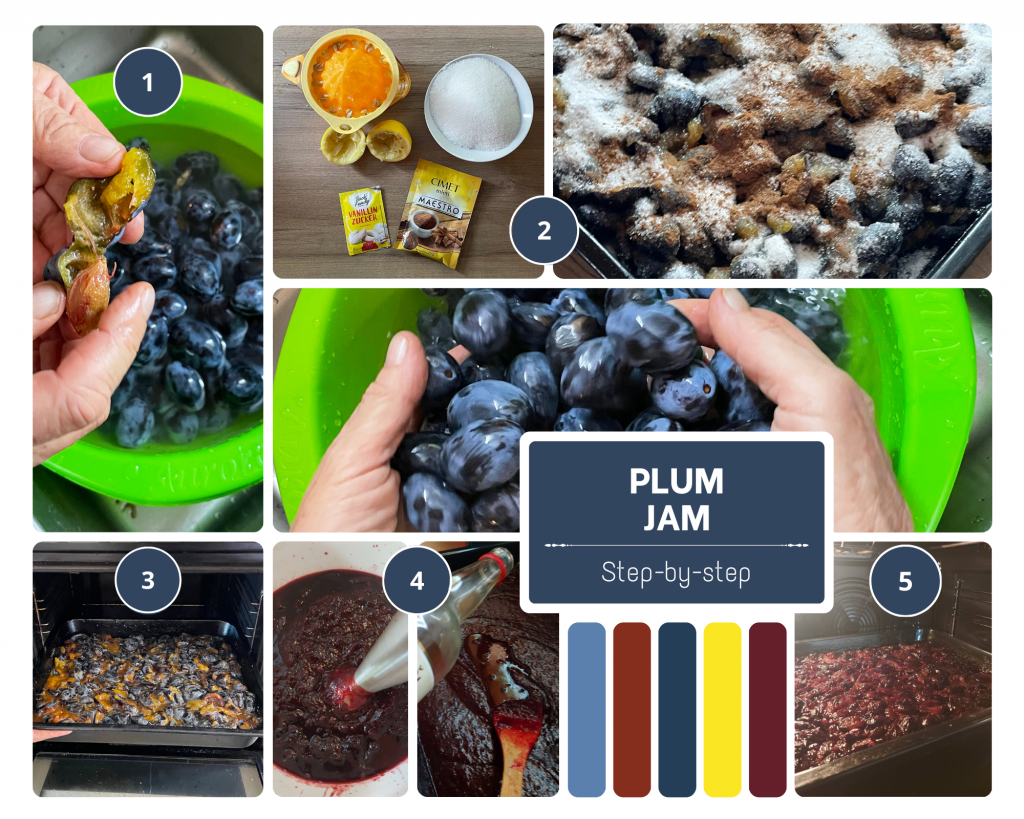
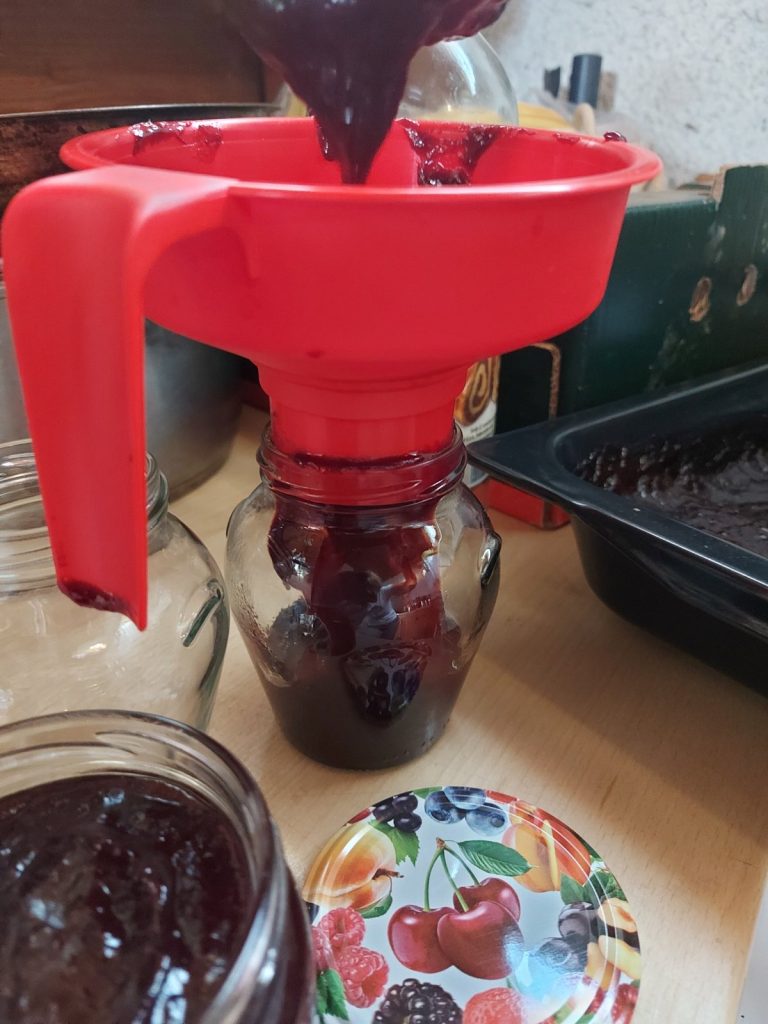
°❀⋆.ೃ࿔*:・°❀⋆.ೃ࿔*:・°❀⋆.ೃ࿔*:・°❀⋆.ೃ࿔*:・°❀⋆.ೃ࿔*:・°❀⋆.ೃ࿔*:・°❀⋆.ೃ࿔*:・Once you carefully take the tray out of the oven, it’s time to transfer your jam into jars. A jam funnel makes this step so much easier and keeps things neat, but if you don’t have one, just take your time and pour slowly. Seal the jars, let them cool, and there you have it…homemade plum jam ready to enjoy. °❀⋆.ೃ࿔*:・°❀⋆.ೃ࿔*:・°❀⋆.ೃ࿔*:・°❀⋆.ೃ࿔*:・°❀⋆.ೃ࿔*:・°❀⋆.ೃ࿔*:・°❀⋆.ೃ࿔*:・
How to store it properly?
If jam is stored in the wrong place, somewhere damp or too warm, it can start to mold or separate. That’s why proper storage conditions are the key to keeping it fresh for a long time.
Temperature:
The ideal storage temperature is between 10 °C and 18 °C. If it’s too warm, the jam will spoil faster, and if it’s too cold, the texture can change. That’s why the best spot is a pantry, cellar, or just a cupboard on the cooler side of your home.
Storage & Shelf Life
Light can affect the color of your jam. If the jars are stored somewhere too bright, the jam may lighten or turn brown. To prevent this, keep them in a dark spot, or simply cover them with a cloth if you’re storing them on an open shelf. Moisture increases the risk of mold on the lids and around the edges of the jars. That’s why it’s important to store your jam in a dry place to keep it fresh and safe.
When stored properly, homemade jam can last up to one or even two years. Still, it’s best enjoyed within the first year, as the flavor and color slowly fade over time. 💜🏠
📝 Plum jam has been part of kitchens and traditions for centuries, and making it keeps that connection alive. With a few plums, a warm oven, and some patience, you can carry forward a tradition that turns simple fruit into something lasting and meaningful. 📝


